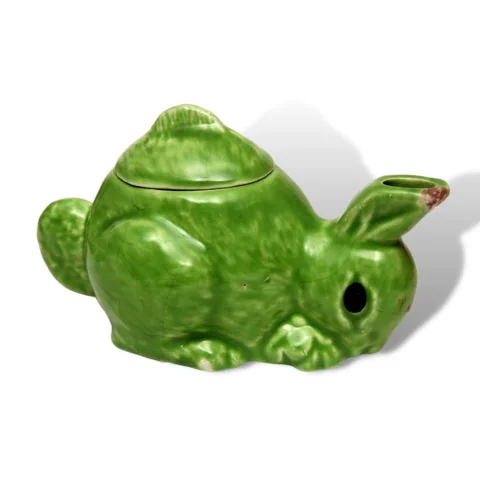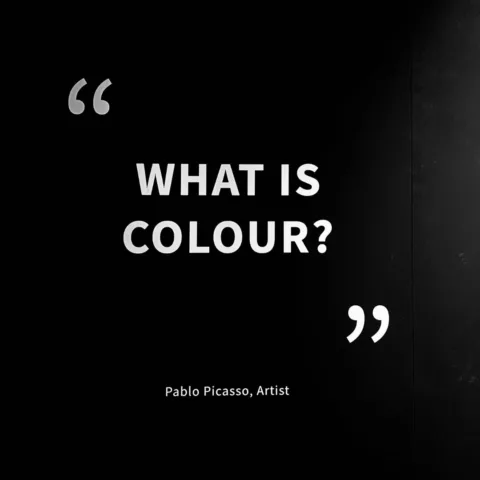The Bowes Museum Blog

Wedgwood – with the Gods up above, and down at heel
The name of Josiah Wedgwood has come down to us as one of the greatest of 18th century potters and businessmen, and for most people what comes to mind is his ‘Jasperware’, or tinted pottery that reproduces the effect of classical carved cameos. It also copies Roman double-layer carved glass, most famously the ‘Portland’ vase in the British Museum of which Wedgwood produced an exact copy [in pottery] in 1789. As these few lines show, he is best remembered for his revival of the Classical style of ancient Greece and Rome, though it is likely that the bulk of his income [and production] was the everyday white earthenware or ‘creamware’ that was used at the tables of the rich and middle class throughout the Western world. But the businessman in Wedgwood knew he had to preserve and enhance his status through the use of, or association with, the styles of the upper classes, so when we think of Wedgwood, we always think of something in the Classical manner. The fact that he both loved the style, and knew how to adapt it it to modern life, was a huge additional bonus.

Victorian Wedgwood copy of the ‘Portland vase’, showing white sprigged decoration against a white body. The Bowes Museum X.4191. The scene is believed to depict the marriage of the sea-gods Peleus and Thetis
Jasperware is a kind of fine high-fired earthenware (stoneware) which is either coloured all the way through, or just on the surface (‘dip’). To create the relief effect, you add cast or ‘sprigged’ decoration to the body while it is still damp and unfired, which fuses to the main body in the firing. The white sprigged decoration against the coloured background gives the effect of small classical carved cameos, a very popular taste in the 1770s and 80s. You don’t have to be an entrepreneurial genius to realise that these could double up as large buttons, also a very fashionable taste of the late 18th century, and many would have made their way down the canal from Wedgwood’s factory in Stoke to the industrial town of Birmingham, to be set in metal mounts.
After the production of the Portland vase, Wedgwood was able to produce a whole range of vases in Jasperware, mostly with backgrounds of green or blue. They are nearly alway decorated with elegant classical figures, and would have featured on chimneypieces of smart houses in the late 18th century. The pastel colours tied in the delicate colour schemes of the architects Robert Adam and James Wyatt.
![Set [‘garniture’] of vases of Wedgwood Jasperware vases, late 18th century, from the Lady Ludlow collection,The Bowes Museum 2004.339](https://thebowesmuseum.files.wordpress.com/2016/07/2004-339-cer-a.jpg)
Set [‘garniture’] of vases of Wedgwood Jasperware vases, late 18th century, from the Lady Ludlow collection, The Bowes Museum 2004.339
The Wedgwood factory had a difficult time after his death, when tastes changed, and his ‘purist’ neo-classical style went out of fashion. The factory nearly closed in the 1840s. However, by the time of the Great Exhibition of 1851, Wedgwood’s classicism was back in fashion and seen as a ‘national’ style, and supported by such grand figures as Prime Minister William Gladstone.
This is the time from when much Wedgwood Jasperware that we see has its origin. It is slightly coarser than 18th century examples, but only slightly, and the factory rightly had a reputation for quality and innovation right throughout the 20th century. It is from this latter time that the Jasperware heels (seen in the current ‘Shoes: Pleasure and Pain’ exhibition) date from. They are a ‘novelty’ wares of the 1950s, very elegant and stylish for the lady on a smart night out in her stiletto heels [my aunt’s ruined the parquet flooring in our house, I remembered my mother complaining]. The weight of the wearer was of course supported by the stiletto inside, which produced tiny round holes wherever the wearer went! They are not really suitable for every day wear, and I wonder how many chipped on the kerbside when waiting for a taxi? Anyway, they are quite rare, but hugely sought after by the collector. I wonder how many date from the relaunch of 1977, and again in 2013? They seem to be using resin today, a tougher material that will survive a fun night out!

Heel Samples, H&M Rayne and Josiah Wedgwood & Sons Ltd, 1954-68, V&A: T.N.20 to 39-2015

Shoes with Ceramic heels, H&M Rayne and Josiah Wedgwood & Sons Ltd, 1959, V&A: T.360 & A-1996
By Dr Howard Coutts, Curator of Ceramics







